 Canon PowerShot G7 X (15.79mm, f/4, 1/5 sec, ISO200)
Canon PowerShot G7 X (15.79mm, f/4, 1/5 sec, ISO200)
When I got the Fuji X100 in 2011 I had no idea that it would change everything. It was just supposed to be my compact, take everywhere camera.
One year later I got the X-Pro1 and slowly added lenses. In spring 2016 I got the X-Pro2, sold my Canon full frame DSLR plus lenses shortly after and completely switched to Fuji.
Back in 2016 DSLRs were still big mainly because Canon and Nikon haven’t entered the mirror less market with serious cameras yet. That has changed. Last year Canon and Nikon finally brought their first real mirrorless cameras and of course those cameras sport full frame sensors. Panasonic also added a full frame mirror less and I predict that this will be the end for the m43 format. Olympus will follow soon. I know that there is rumours about a new m43 pro camera from Olympus but I think this format will be as dead as a dodo soon.
What has this long intro to do with Fuji? I think that Fuji will remain the only serious camera system with an APS-C sensor. Don’t get me wrong: APS-C cameras will remain in production for quite some time. Entry level DSLRs are still attractive because you get a lot of camera for very little money. Just don’t expect any fancy lenses designed for the APS-C sensor of those entry level DSLRs.
So when all companies move to the full frame format for all but their entry level offerings what does that mean for Fuji? Must Fuji follow? I know that Fuji has started with digital medium format but when it comes to cost and size there is a huge gap in between APS-C and medium format. So is Fuji lost because they are stuck with a smaller sensor? I don’t think so and here is why:
 FUJIFILM X-Pro2 (23mm, f/5.6, 1/900 sec, ISO200)
FUJIFILM X-Pro2 (23mm, f/5.6, 1/900 sec, ISO200)
- lenses
Fuji was the only camera maker who really was serious about APS-C. Canon and Nikon always designed their better lenses for the full frame sensor. They just used the same lens mount. Sony directed all its resources to full frame lenses and abandoned their APS-C mirror less cameras when they released the A7. Fuji on the other hand only had one sensor size before the introduction of the medium format so they concentrated all their efforts to build a system quickly and they did. Fuji introduced fantastic primes, good and compact zooms, truly great but rather big zooms plus a set of super compact slightly slower prime lenses. In short there is a lens for everyone.
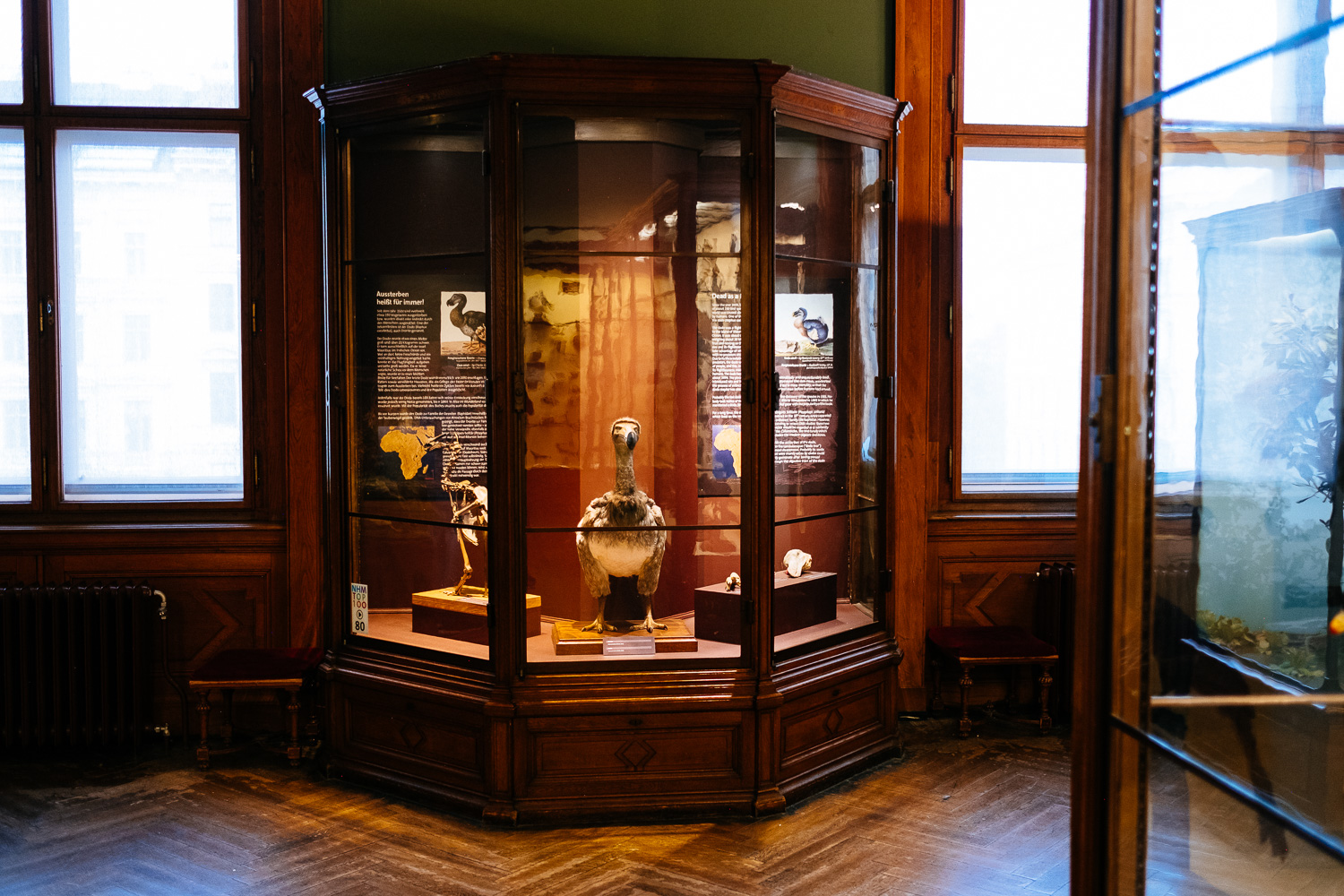 FUJIFILM X-Pro2 (23mm, f/1.4, 1/60 sec, ISO500)
FUJIFILM X-Pro2 (23mm, f/1.4, 1/60 sec, ISO500)
- smaller and lighter gear
A good deal of the Fuji users, like me, came from full frame cameras. So we have been there. We lugged around our 70-200/2.8 or fast portrait lenses. I loved the Fuji ergonomics especially of the X-Pro cameras but the main driver why I completely switched to Fuji was the significant reduction in size and weight. It is very liberating to walk around with a small camera. I first experienced that with the Sony NEX5 and even though ergonomics were horrible and the quality of the lenses were mediocre at best I loved to walk through San Francisco with a small shoulder bag (not even a camera bag) and nothing but the Sony NEX5 and the 16mm pancake. Of course my X-Pro2 is bigger than the Sony NEX5 and I usually take three primes with me but those are still very compact and the whole camera bag is still small and light. There is no way back.
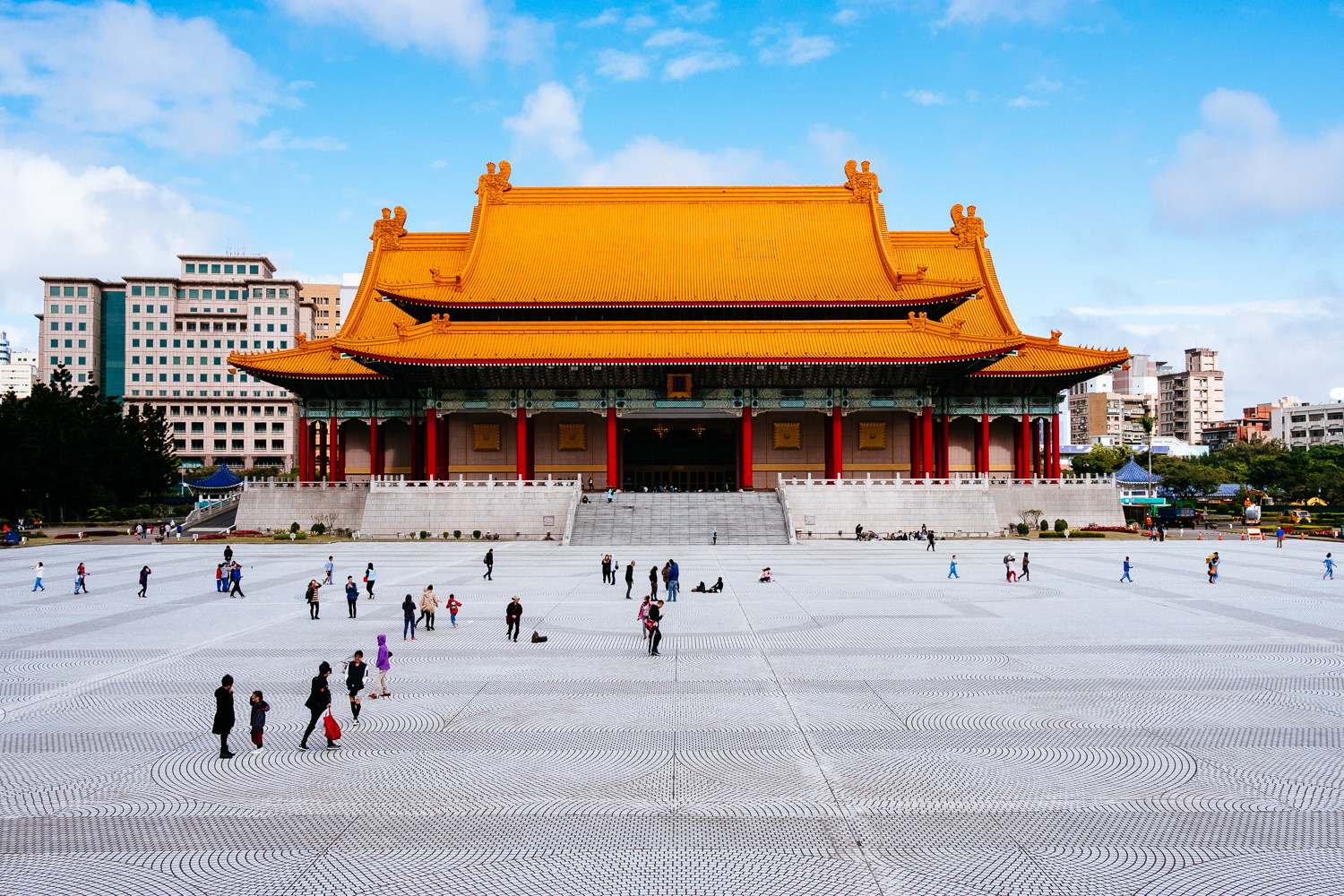 FUJIFILM X-Pro2 (23mm, f/8, 1/400 sec, ISO200)
FUJIFILM X-Pro2 (23mm, f/8, 1/400 sec, ISO200)
- Improved sensor technology
Image sensors improved significantly over the last couple of years. My first DSLR was a Nikon D1. A 2,7MP sensor with an ISO range from ISO200 to ISO1.600 but it was better to stay at ISO800 or below. Of course full frame was a revelation when it was first introduced. My first full frame camera was the Canon 5D a 13MP camera where I could shoot at ISO1.600 and still get rather good results. Real high res and very good high ISO! Well today 13MP is anything but high res and ISO1.600 isn’t considered high ISO either anymore.
My Fuji X-Pro2 has a 24MP sensor and ISO goes up to ISO12.800. Of course full frame now goes up to 40MP and beyond and high ISO is still better but how many MP do you need? I owned a Sony A7R and of course I liked to zoom into the image in Lightroom to see all these details but my images live on computers today and most of the time they are downsized significantly for i.e. this blog. Regarding high ISO I checked my LR catalog and found out that the majority of my images are shot at base ISO. And the dynamic range on my X-Pro2 is better than on the Canon 6D I used to shoot before.
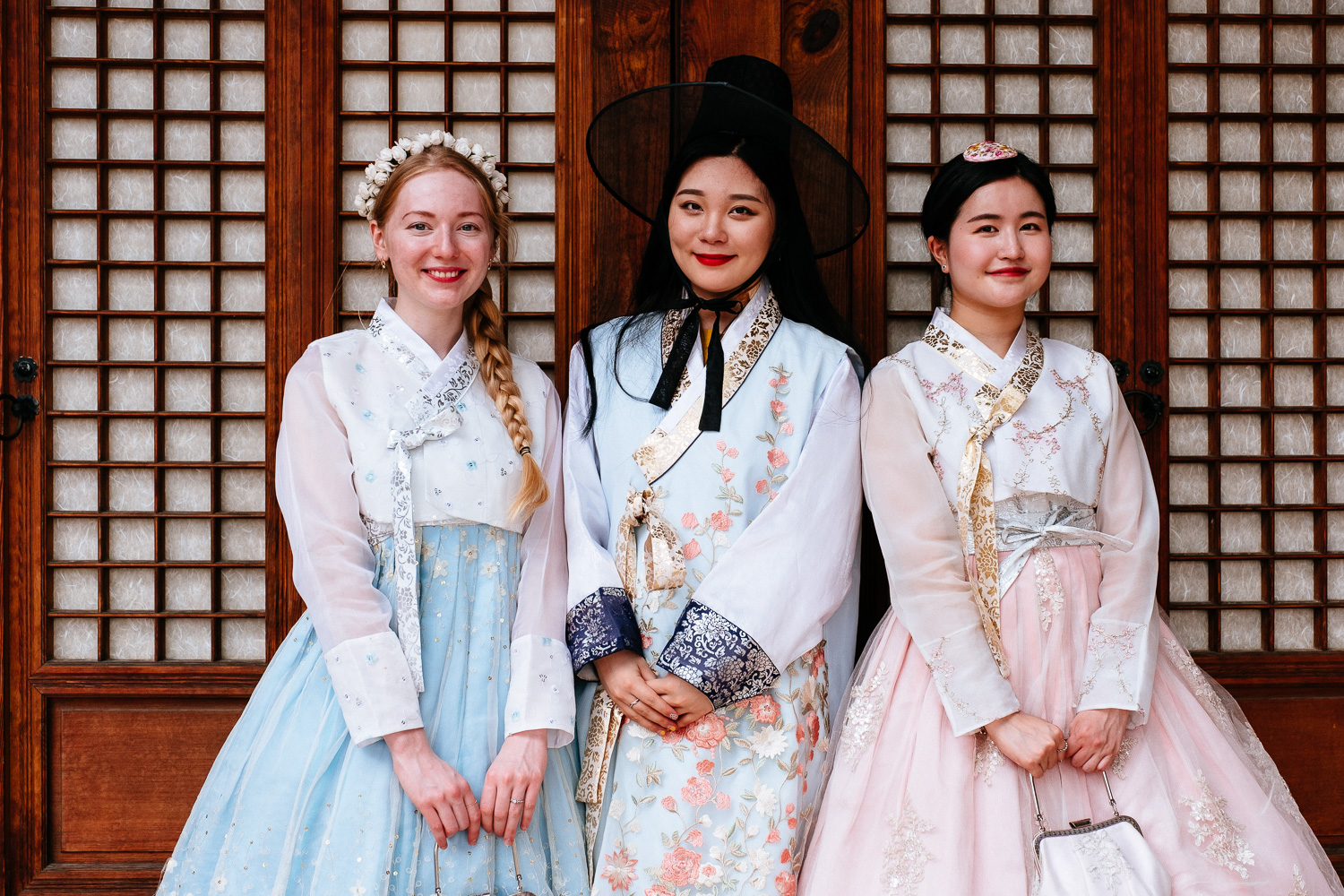 FUJIFILM X-Pro2 (28.3mm, f/4, 1/250 sec, ISO320)
FUJIFILM X-Pro2 (28.3mm, f/4, 1/250 sec, ISO320)
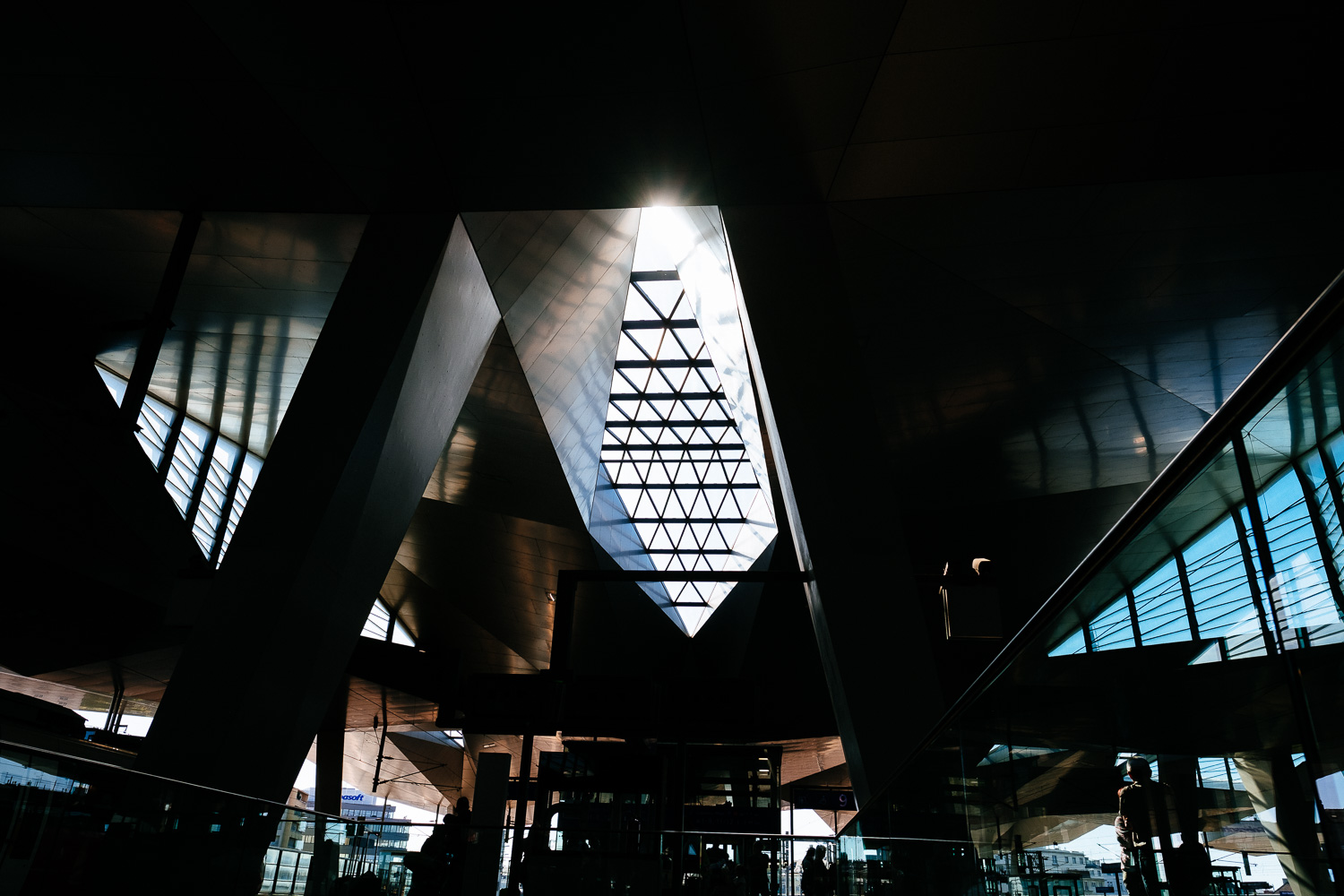 FUJIFILM X-Pro2 (16mm, f/5.6, 1/240 sec, ISO200)
FUJIFILM X-Pro2 (16mm, f/5.6, 1/240 sec, ISO200) FUJIFILM X-Pro2 (400mm, f/5.6, 1/80 sec, ISO400)
FUJIFILM X-Pro2 (400mm, f/5.6, 1/80 sec, ISO400)
- the real advantage of larger sensors
There is only one real reason to shoot full frame or an even bigger sensor today: subject isolation. There is no substitute for an 85L or now the 50/1.2 or the 28-70/2 for the new Canon R. At the moment there is not even a comparable lens to a 24-70/2.8 or a 70-200/2.8. The Fuji XF 16-55/2.8 WR is a fanatic lens and while regarding image quality it is up to the standard of the Canon 24-70/2.8 II it is not the same when it comes to subject isolation. But why has ultimate subject isolation has become so desirable? I think there are two reasons: 1. it separates the larger sensor cameras from compact cameras or phones. 2. it helps to keep the image clean or to mask poor composition.
But today mobile phones can separate the subject and we will be flooded with images where the subject stands out and the background is nothing but blur. I guess we will get tired of those pictures soon. I watched a movie portrait of one of the best photographers of all time: Sebastiao Salgado. His daughter took a portrait of him when he said that she should close down the lens (she was shooting wide open). He said that he always stopped down in order to include the background.
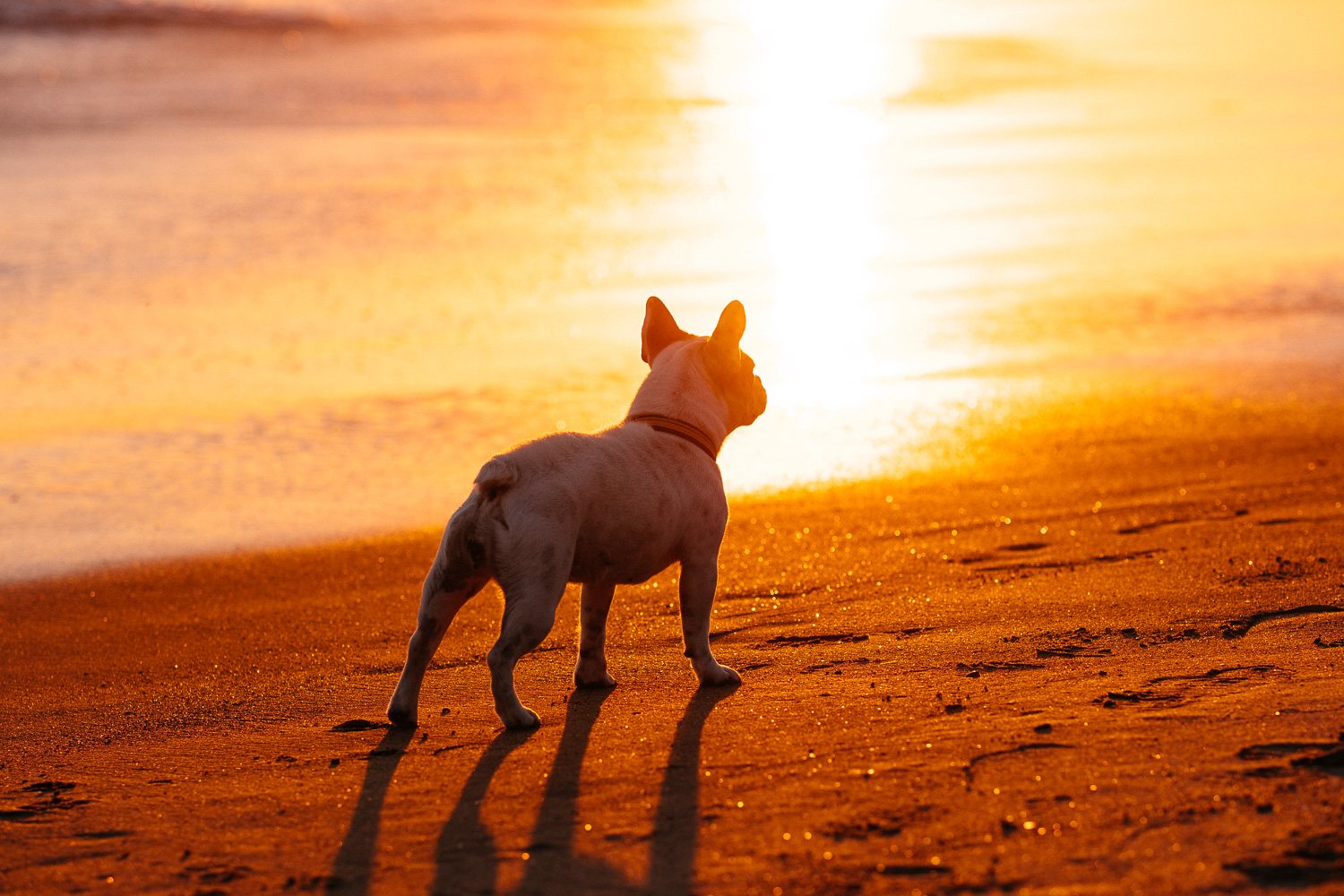 FUJIFILM X-Pro2 (90mm, f/2.8, 1/2000 sec, ISO200)
FUJIFILM X-Pro2 (90mm, f/2.8, 1/2000 sec, ISO200)
Those are the reasons why I think that Fuji will do quite well in the future. Of course people always will go for a larger format but many of them will come back in search for lighter and smaller gear.
It’s an endless circle.
